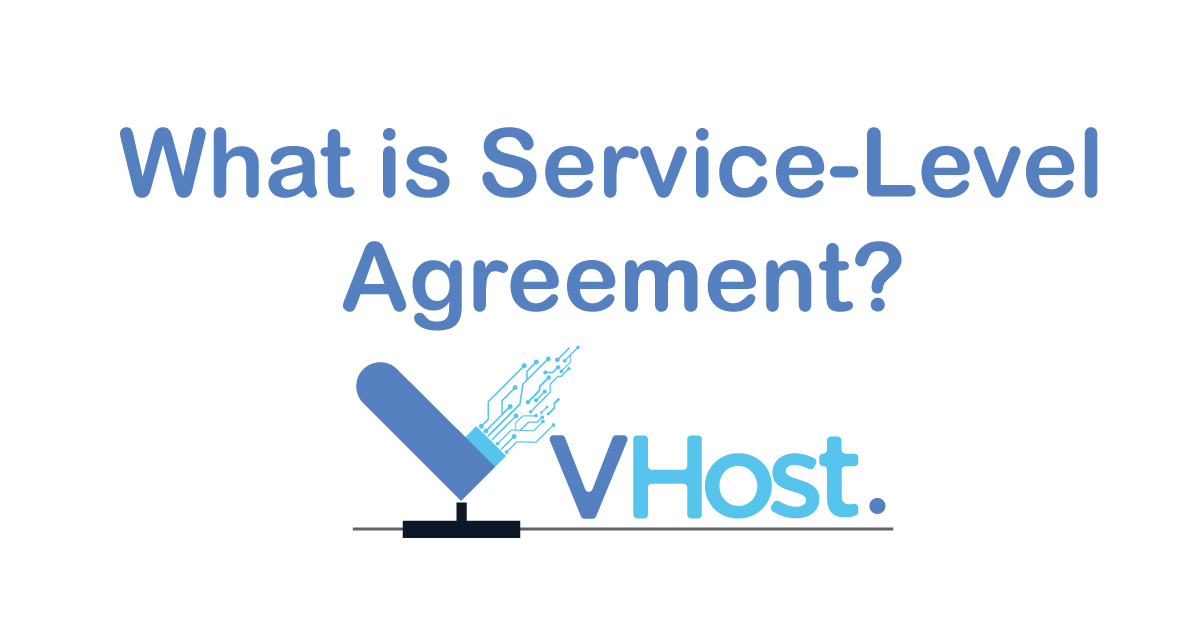What is a Service-level Agreement?
Every company has different types of service-level agreements.
And with every negotiation, it needs an intermediary. Service-level Agreements or SLAs are an effective way of mitigating setbacks such as ambiguities, unfulfilled commitments and miscommunications that occur between customers, service providers and internal departments. This also sets clear expectations from different parties before the start of any business relationship.
Who uses SLAs?
IT companies are usually the ones that use the service-level agreements. But this also applies to businesses that offer other types of services.
SLAs can also exist between departments within a company.
What is the Importance of SLAs?
SLAs establish trust and peace of mind for all parties involved which makes it an important component of any business procedure as it brings several benefits for organizations, teams and vendors.
This piece of document holds all the details of the service, and it holds different key components:
- Goals of Stakeholders
- List of Stakeholders
- List of Services excluded from the Agreement
- A backup plan if goals aren’t reached
- Service performance metrics
- Agreement overview
- Service levels
Keeping a template of SLAs that caters the needs of stakeholders can come handy, it prepares you for any type of business situation that might occur.

